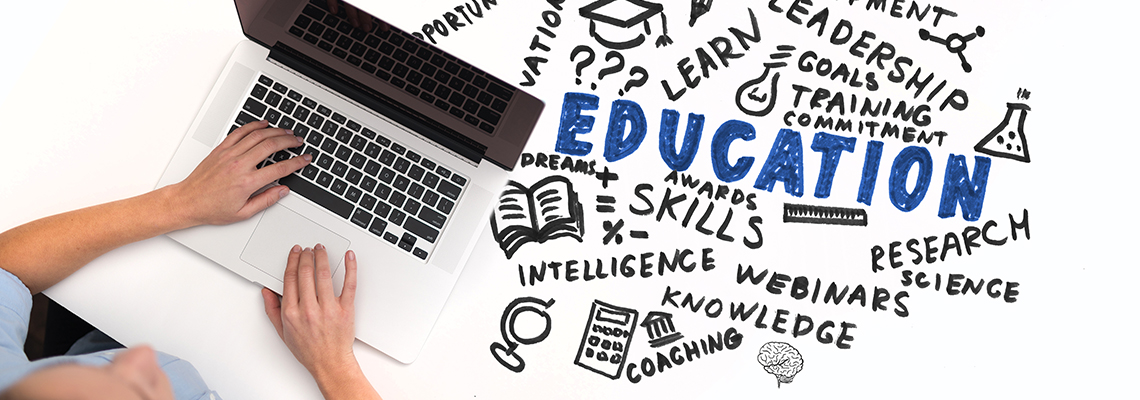Imagine your learners enthralled by your content. They’re reading it because it captures their minds.
Sounds good, doesn’t it?
Now picture them slowing down, looking out the window. Switching to a YouTube site to watch playful kittens.
Not the kind of experience you want to create, eh? Still, it happens more often than you think
To captivate your learners, choose words with more power and pizzazz.
How?
Start by following these thoughts for word choice . . .
Want to make a good impression with your words?
Maybe show off a bit?
Fancy and complex words can muddle the meaning of our content.
Learners are left stumbling over your text, having to re-read your text and then get bored and switch off.
Because you want to engage your learner, your first task is to make your writing easy to read. How do we do that? Cut gobbledygook and scrap posh words. Instead use the same words your readers use so your writing feels like a conversation rather than a lecture.
Here’s an example of gobbledygook-filled writing:
“Pioneering software from the market-leader. Schedule your social media updates with our award-winning all-in-one app”.
What’s wrong with this?
The text is full of blah and low on meaning:
- The only real information in this fragment is that this app helps you schedule social media updates. That’s useful to know.
- The text does not explain why scheduling social media updates matters; that’s why it lacks meaning.
- The text is filled with buzzwords like pioneering, market-leader, and award-winning and all-in-one app.
How can you improve it?
Think about the learner and how you would have a conversation with them. How would you explain the advantages of the app?
This version is more meaningful:
“Save time with our new app. Schedule your social media updates in one go.
- The text is benefits driven: saving time is a powerful benefit.
- The feature is clear and specific: schedule all your social media updates in one go.
- The text is written in plain English without gobbledygook.
How to make your writing more meaningful:
How do you avoid gobbledygook?
Think of your reader and how you’re having a conversation with them. Use their language. If it’s a technical training use technical terms by all means but only at the level of the learners.
If you have completed a draft text, imagine picking up the phone to a learner and reading your text to them. Would you really talk like that?
For instance, this is from a company brochure that we use in a Customer Service course:
“We offer a high-quality service.”
We ask learners what it means and most come to the conclusion that it is meaningless.
Why?
Because you can’t visualise high-quality service. What does it mean in practice?
To rewrite that sentence, think about what that high-quality service means to your Customers. Here are two more meaningful options:
“No waiting when you call. Our Customer Service team pick up the phone within 3 rings.”
OR
“Get a personal on-boarding session so you never need to figure things out on your own”
See how these messages communicate a clear picture of what kind of service you can expect?
Solving a Rubick’s Cube with bare feet is hard . . .
making Modlettes is easy
